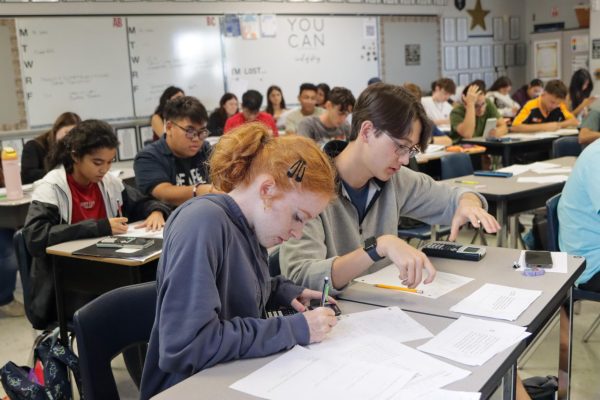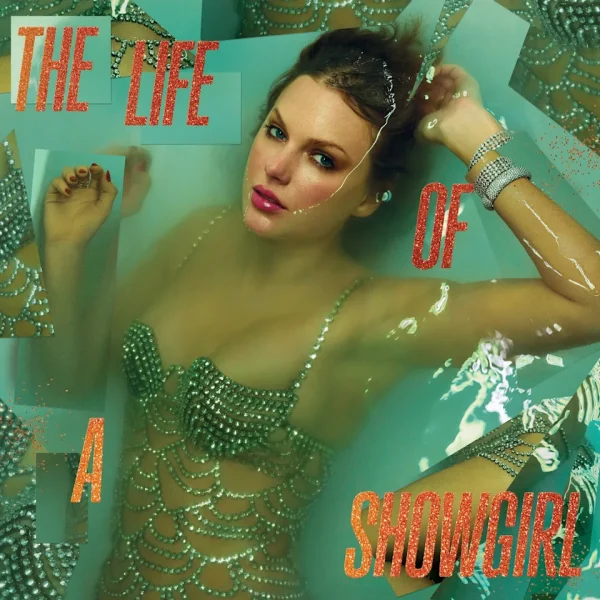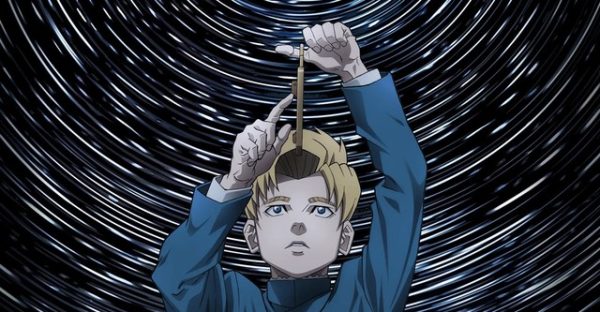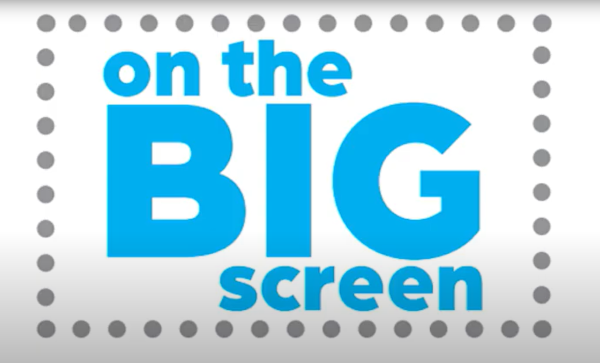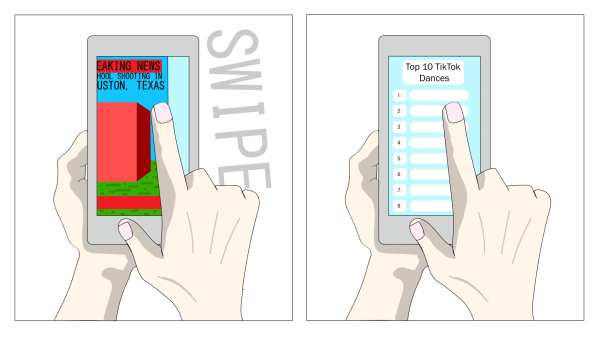Why Florida’s amendment two failed
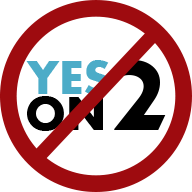
While cannabis can be synonymously attached to terms like “kush,” “weed” and “ganja,” for the indefinite future the state of Florida will not call it “medicine.”
Despite the majority of the Florida’s able voters choosing “yes” on Amendment 2, it was defeated, only two-percent under the state requirement. Florida law prohibits amendments from being approved unless the majority vote is 60 percent or higher. Amendment two’s failure to get approval dealt a massive blow to the medical marijuana movement sweeping the nation.
The big question is why the amendment failed. Was it really a matter of people not wanting the action being passed and made law?
The short answer is, “No.”
The campaign for Amendment 2 was, for lack of a better term, flawed. Sponsored by unreputable individuals, and poorly supported by a shoddy ad campaign, Amendment 2 heavily suffered before it was voted upon.
Sponsored and funded by John Morgan, the amendment didn’t quite have the killer spokesperson it deserved. Morgan’s tarnished reputation in Florida deterred people from supporting the bill. While sharing the story of his injured brother on air may have stirred some sort of emotional reaction, it was hard to not see Morgan as more than an ambulance chaser who has made too many headlines for public intoxication.
Aside from Morgan’s less-than-clean image, Amendment 2 was also plagued by a ridiculously disappointing advertising campaign.
Even though personal campaigns featuring a seizing little girl and her desperate parents are heart-wrenching, they are also rather confusing and morbid. Relying on the shock value of a toddler seizing on-screen is not the way to gain voters. Ads should have focused on the facts, explaining how medical marijuana works instead of merely stating that it does.
Explaining that medical marijuana is grown specifically so that cannabinoids outweigh THC (the element that makes people ‘high’) would have helped clear up the general image attached to the drug.
Ads should have explained that taking a dose of medical marijuana would not have involved lighting up with a bong, but taking it any number of other legal ways. Most marijuana dispensaries offer food, balms, oils, injections, and mixtures that allow patients to safely introduce the drug into their systems. The goal of taking medical marijuana is to deliver the maximum amount of cannabinoids to the body at a time, not making the patient high. The individuals who would have taken cannabis would have felt more relaxed, not “stoned.”
Additionally, elaborating that the amendment would have only permitted a select number of dispensers would have eased the minds of individuals who assumed that marijuana would become as readily-available as Tylenol.
And despite the claims provided by Drug Free Florida, medical marijuana would ONLY be allowed to patients with debilitating health issues, parental consent (if applicable), and an appropriate doctor to prescribe the drug. Contrary to opponents claimed, Florida would not become every conservative’s nightmare; it would have become a state that actually took care of their ill residents.
At the end of the day, questionable spokespeople and nondescript information ultimately led to Amendment 2’s rejection. It should not have ended this way. Medical marijuana’s benefits vastly outweigh what people say about it. It isn’t just a little green plant that hippies smoke anymore; it is a proven drug that can help manage pain, depression and even help cancer patients undergoing chemotherapy. It is completely ridiculous that the bill could not muster two percent more, but what is done is done.
Hopefully by the time 2016 elections roll around, Florida will be able to resurrect the amendment. With overwhelming national support, and even recreational marijuana use approved in our nation’s capital, it would be hypocritical of the state if the bill were to be denied once more.
Your donation will support the student journalists of Hagerty High School. We are an ad-free publication, and your contribution helps us publish six issues of the BluePrint and cover our annual website hosting costs. Thank you so much!

